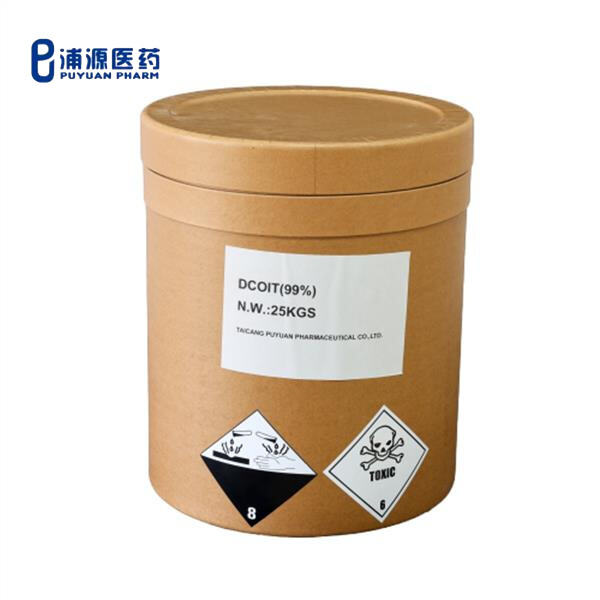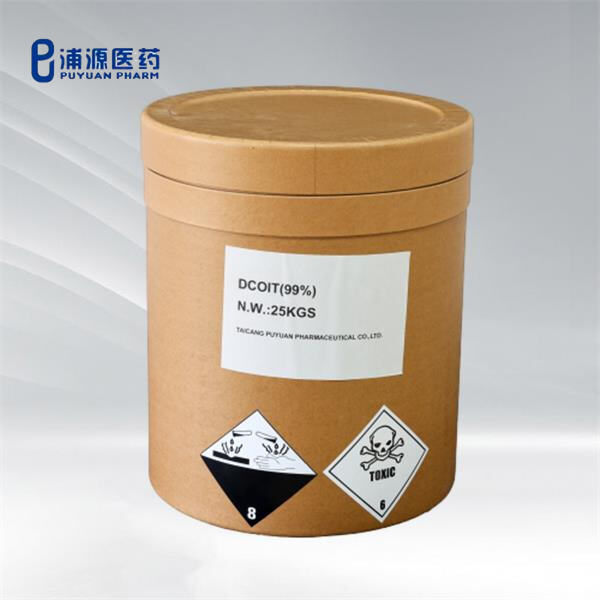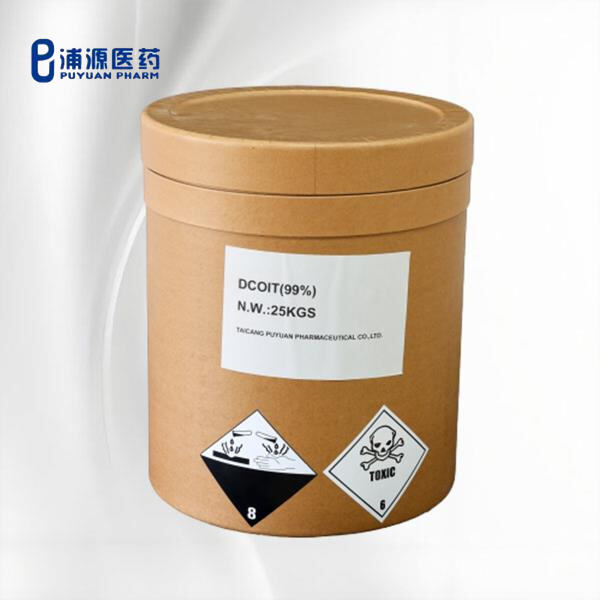DCOIT is available in various percentages, such 30%, 20% and 10%. These numbers indicate how much of the active ingredient is in the product. The more concentrated it is, the more effective it is at protecting against microbes including bacteria and fungi. It’s crucial to select the correct concentration for the specific use you require.
In products, DCOIT can extend life and improve freshness. It inhibits growth of microbes that may damage this product. That means products such as paints, coatings and adhesives could perform better, last longer. Product quality integrity With DCOIT textile products, manufacturers have the certainty that their products are safe and reliable for the consumer.

DCOIT 20% is utilized in many industrial applications that require high microbial protection. For instance, it is commonly used in outdoor paint and coatings where it has exposure to moisture and other environmental conditions suitable for promoting microbial growth. Employers can help to create products that can withstand the elements with DCOIT 20%.

In product terms, DCOIT represents economical protection against microbes. With the addition of a little DCOIT, a product’s shelf life can be lengthened and the time between changes can be significantly prolonged. This can save companies money in the long term by avoiding product spoilage and minimizing the possibility of product recalls as a result of microbial contamination.

If you’re struggling between which DCOIT concentration you’d want to get for your purpose, remember that the protection level you’ll need and the type of product being made can affect your choice. For instance, a higher dosage, such as DCOIT 30%, can be more appropriate for products used under severe conditions and DCOIT 10% might be sufficient for products used in less severe environments. First and for all, by choosing the correct concentration of the agent, companies can both make sure products are effectively protected from microbes and at the same time, they don’t become expense.